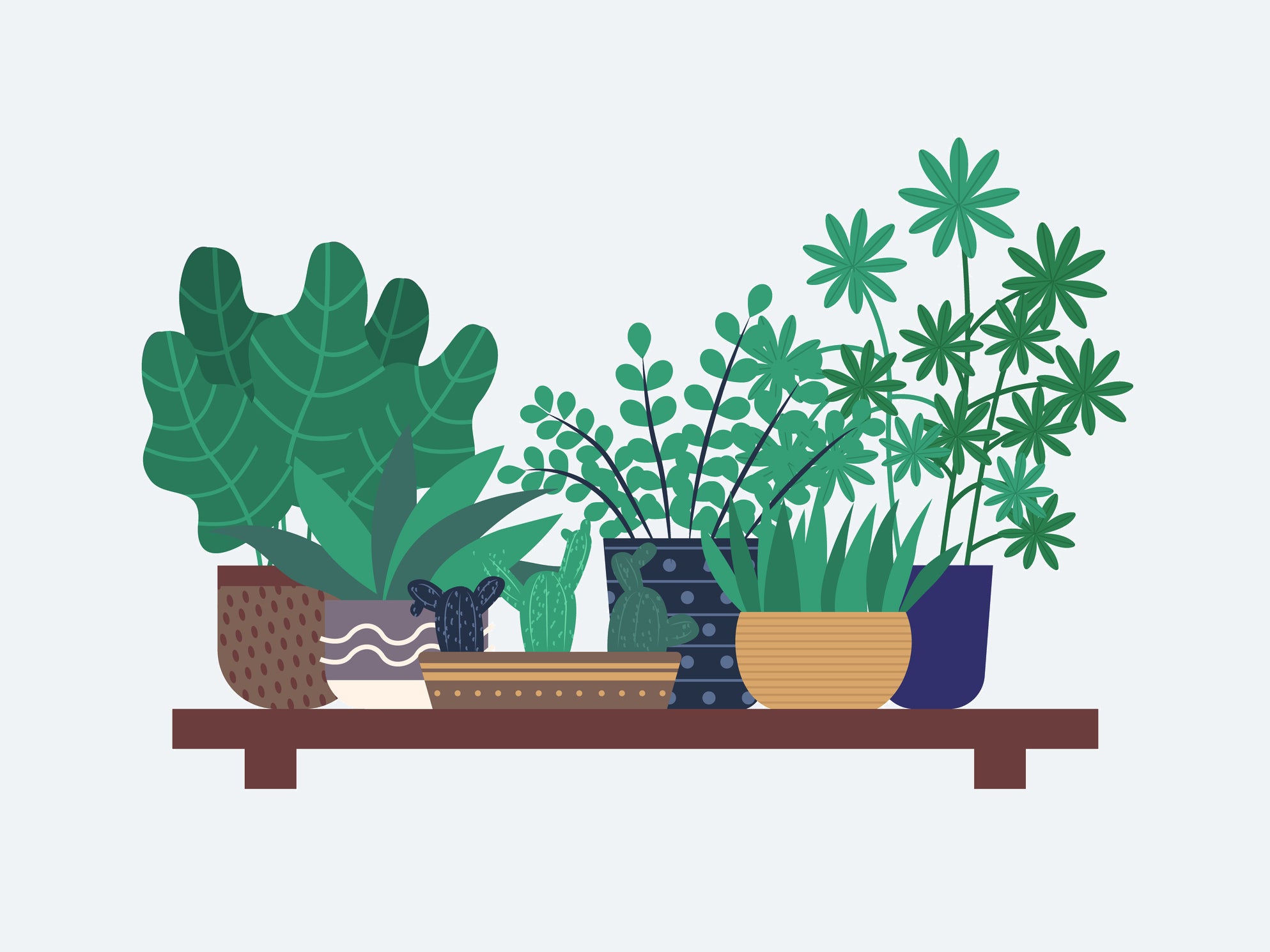How to have a great day at work: Boost your ‘green’ brain
In her regular column, business founder and wellness expert Nicola Elliott looks at one thing we can all do that will make our nine to five feel happier and healthier


While house plants have been having a moment for a while, the case is growing for getting in more office greenery too. Nasa has been running extensive studies on its air purifying capabilities, hoping to capitalise on these benefits for future space stations.
House plants increase oxygen levels in the air by absorbing carbon dioxide and releasing oxygen during photosynthesis. Studies also show that they are also efficient at absorbing toxic substances such as formaldehyde, benzene, and trichloroethylene, found in man-made materials that are known as “off-gas” pollutants.
The brilliant environmental activist Kamal Meattle had the vision to reshape commercial buildings into cleaner and healthier spaces, so he took his own 50,000 square foot office space in New Delhi and set about proving that basic common indoor houseplants can make offices cleaner and greener.
His office building houses 300 workers and after filling it with 1,200 plants, some studies suggest that, compared to other buildings, there was a 42 per cent probability of individual blood oxygen levels going up by 1 per cent.
So impressive were his findings that the Indian government has actually described Kamal’s building as the “healthiest in India”. He also noted that production also went up by 20 per cent and there was a significant reduction in energy requirements because less fresh air was needed.
Multiple additional studies have since proven that indoor plants keep you not only healthier but happier, including improved mood, reduced fatigue, lower stress and anxiety and improved focus.
So how many do we really need and which plants exactly? Nasa recommends the optimum is 15-18 houseplants for a 1,800square foot house, but even just a few can be effective. Dr Virginia Lohr, a professor of horticulture at Washington State University, suggests that filling as little as 2 per cent of a room with plants will make an impact.
There are three common green plants that are often recommended. Firstly the Areca plant, which removes CO2 and converts it to oxygen (four shoulder-high plants per person is ideal). Secondly, mother-in-law’s tongue, which is sometimes called a “bedroom plant” because it converts CO2 to oxygen at night (six-eight plants per person). Finally, money plants remove formaldehyde and other volatile compounds from the air.
So now you know, your workplace can benefit not only from a design makeover but a clean and green one too, which saves on energy and clears the air. Just what most modern offices need.
Nicola Elliott is the founder of NEOM and her book ‘The Four Ways to Wellbeing: Better Sleep. Less Stress. More Energy. Mood Boost’ is published by Penguin Life



Join our commenting forum
Join thought-provoking conversations, follow other Independent readers and see their replies
Comments